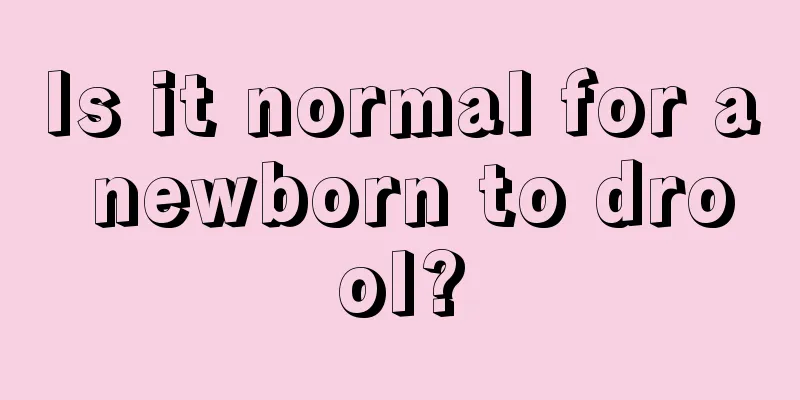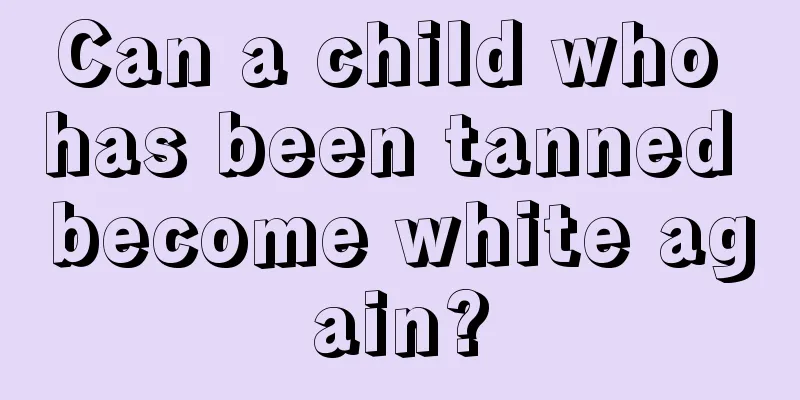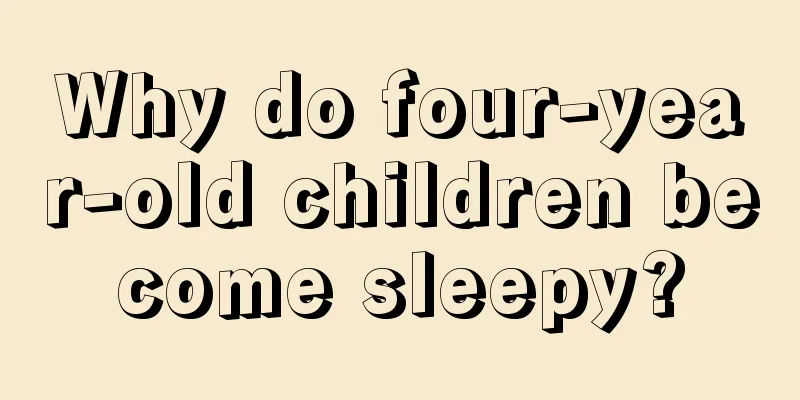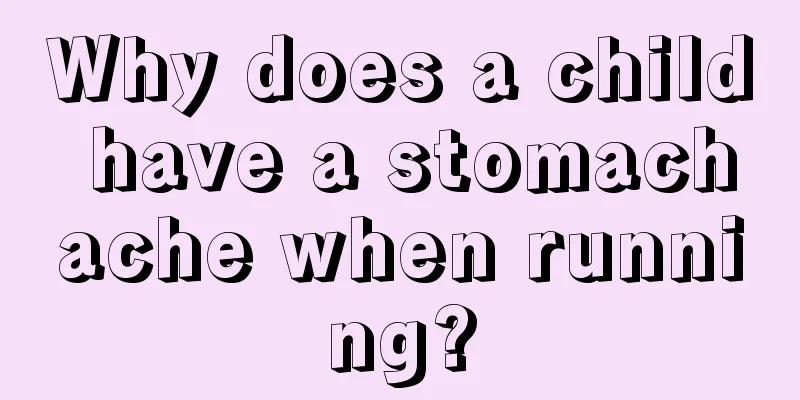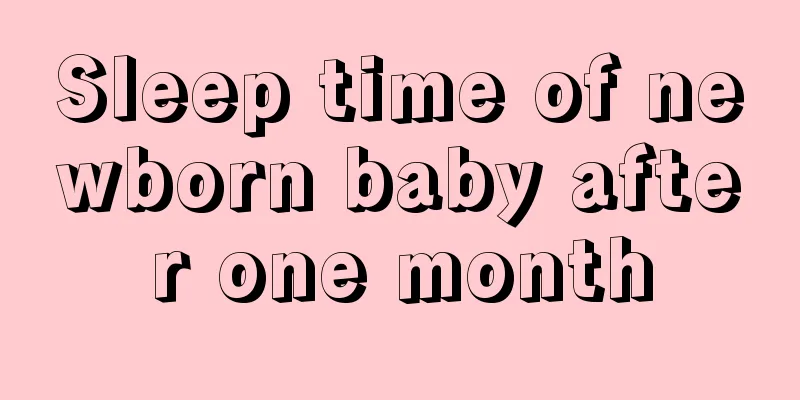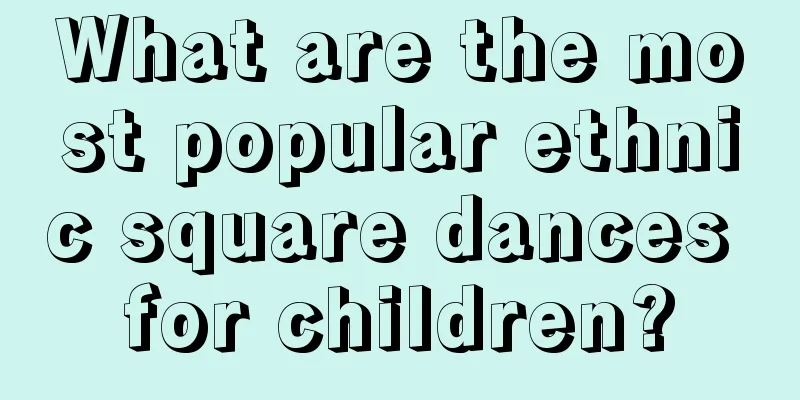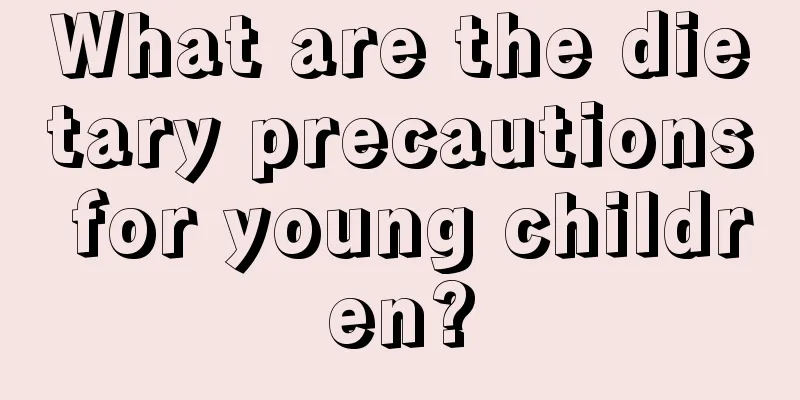Introduction to wheezing pneumonia
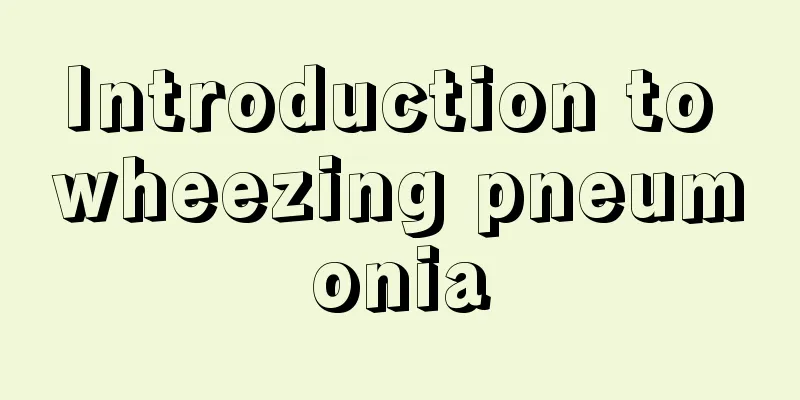
|
In our daily lives, we may lack understanding of the symptoms and treatments of asthma pneumonia, mainly because this disease occurs in young children. For this kind of infant disease, we should have a certain understanding of its symptoms so that we can detect the existence of wheezing pneumonia in time to better ensure the health of our children. I hope mothers can learn about it. Asthma pneumonia has an acute onset and is an explosive epidemic. It is more common in children under 2 years old, and most of them have severe asthma at the onset. The clinical manifestations are characterized by worsening wheezing and paroxysmal wheezing, with obvious symptoms of respiratory obstruction, manifested as expiratory dyspnea, prolonged exhalation, flaring of the nasal wing, and obvious three-depression sign. Asthma pneumonia is a common disease in infants and young children and falls into the category of respiratory tract infection. Causes and mechanisms The main infecting virus is syncytial virus. Because infants and young children have low immunity and their respiratory system has a special physiological and anatomical structure, they are prone to respiratory infections. For example: the respiratory mucosa is tender, rich in blood supply, but the mucous glands secrete little and are dry, making it easy to be infected and develop mucosal edema, which causes difficulty breathing and clinical symptoms of wheezing; the chest cavity is small, the respiratory muscles are underdeveloped, the alveolar volume is small, and the lung function reserve is small, which makes it easy for infants and young children to develop breathing difficulties after respiratory infections (mainly pneumonia). Symptoms and Signs 1. The main characteristics are shortness of breath and paroxysmal aggravation, the main manifestation is difficulty breathing during exhalation, accompanied by fever and cough. 2. Hypoxia, the main manifestations are irritability, cyanosis of lips, pale complexion, rapid breathing, etc. 3. Some characteristic results in clinical medical examinations. treat 1. Anti-infection treatment. 2. Symptomatic treatment such as expectorant, cough relieving and asthma relieving. 3. Take corresponding nursing measures such as oxygen inhalation and sputum suction. As mothers, you should read more about parenting knowledge, and you should have a certain understanding of the prevention and treatment methods of some common infant and young child diseases. However, for a disease like asthma pneumonia, we hope that everyone should remember the treatment methods introduced in the article in their lives. |
<<: What are the sequelae of pneumonia?
>>: How to prevent conjunctivitis in children?
Recommend
The reason why 2-year-old babies grind their teeth at night
Night is the best rest time for our body. The sam...
My forehead is not burning, but my stomach and body are hot.
Fever is a common phenomenon, especially for chil...
What are the dangers of fetal hypoxia?
Pregnancy is not an easy thing. For this reason, ...
What to do if your child has constipation due to indigestion
We must have good eating habits in our lives. Eat...
Causes of anemia in babies
There are many possible reasons for baby anemia, ...
Baby's right foot turns inward
Many pregnant women will find that their babies h...
What should I do if my child has asymmetrical eyes?
Many parents will find that their baby's eyes...
Why does the child not sleep and cry?
We all know that sleep is the best time for child...
How to deal with febrile seizures in infants
Infant febrile convulsions are a common critical ...
Symptoms of flatulence in children
When a child is born, his or her stomach and inte...
What to do if a child has inflammation and fever
Everyone knows that the resistance of the elderly...
What is the cause of phimosis in children?
There are some young children who are taken to th...
Why does a 2-year-old baby drool while sleeping?
There are many reasons why babies drool. As the b...
Is a child's night cough due to heat or cold?
Children's coughing is also very distressing ...
Can a newborn baby be bathed every day?
Bathing a newborn every day is very bad for the n...
